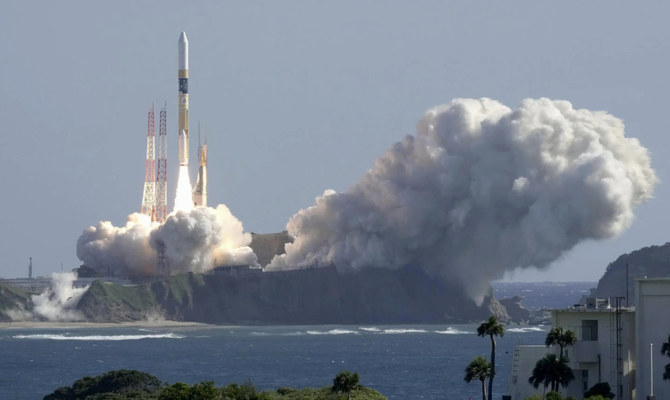Japan launched a rocket on Thursday that carried an X-ray telescope and a lunar lander aimed at exploring the origins of the universe.
Thirteen minutes after the launch, the rocket put into orbit around Earth a satellite called the X-Ray Imaging and Spectroscopy Mission, or XRISM, which will measure the speed and makeup of what lies between galaxies.
That information helps in studying how celestial objects were formed and hopefully can lead to solving the mystery of how the universe was created, the Japan Aerospace Exploration Agency, JAXA says.
In cooperation with NASA, JAXA will look at the strength of light at different wavelengths, the temperature of things in space, and their shapes and brightness.
David Alexander, director of the Rice Space Institute at Rice University, highlights the significance of this mission in enhancing our knowledge of hot plasma- a crucial component of the universe. Plasmas are versatile and have various practical uses, including wound healing, computer chip production, and environmental cleanup.
Thirteen minutes after the launch, the rocket put into orbit around Earth a satellite called the X-Ray Imaging and Spectroscopy Mission, or XRISM, which will measure the speed and makeup of what lies between galaxies.
That information helps in studying how celestial objects were formed and hopefully can lead to solving the mystery of how the universe was created, the Japan Aerospace Exploration Agency, JAXA says.
In cooperation with NASA, JAXA will look at the strength of light at different wavelengths, the temperature of things in space, and their shapes and brightness.
David Alexander, director of the Rice Space Institute at Rice University, highlights the significance of this mission in enhancing our knowledge of hot plasma- a crucial component of the universe. Plasmas are versatile and have various practical uses, including wound healing, computer chip production, and environmental cleanup.


















